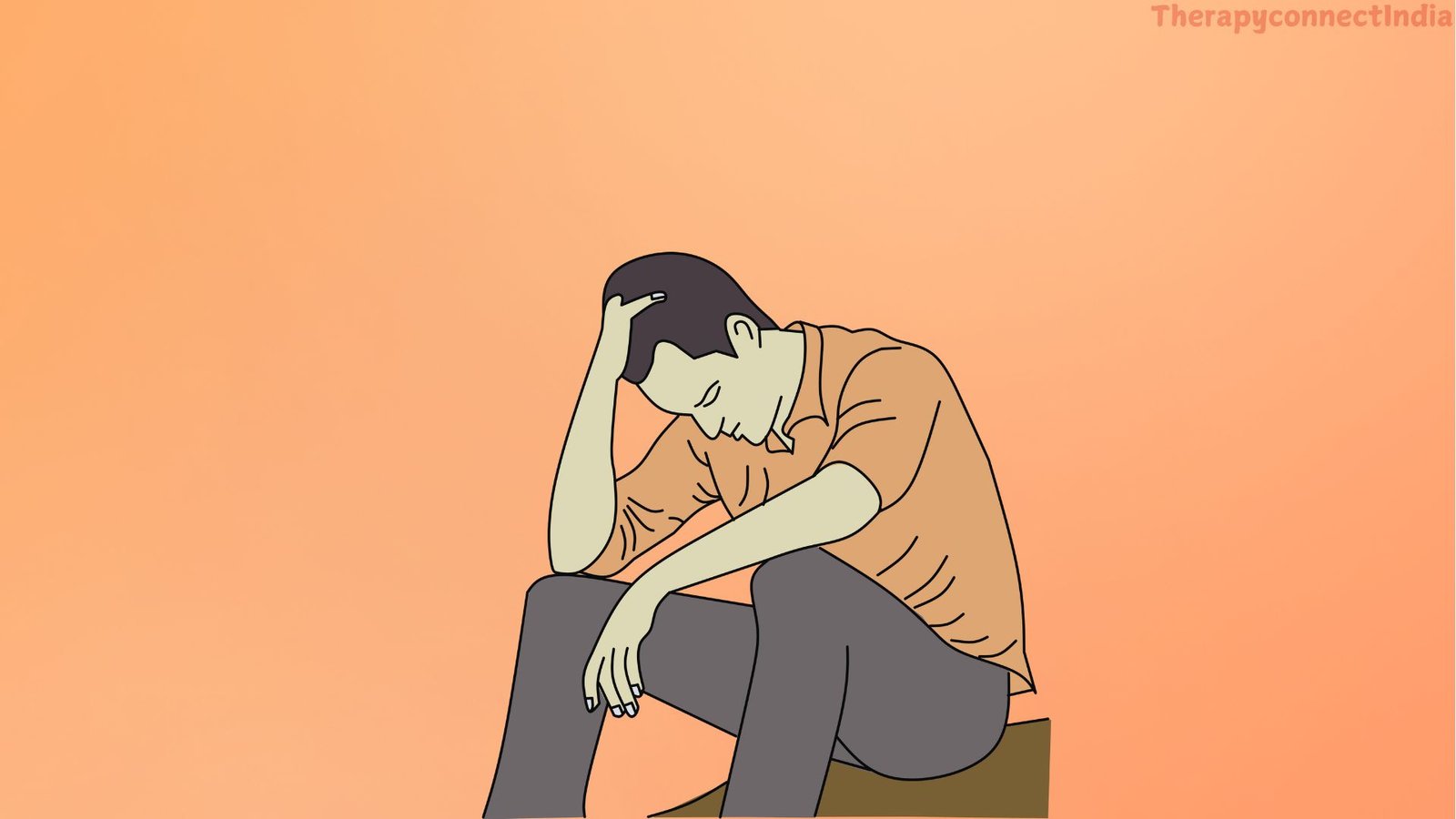Struggling with overwhelming sadness in the mornings? Learn why morning depression happens, its link to circadian rhythms, and science-backed strategies to start your day stronger.
Introduction: What Is Morning Depression?
If waking up feels like dragging yourself out of a mental fog—dread, exhaustion, or hopelessness hitting hardest at dawn—you might be experiencing morning depression. Also called diurnal mood variation, this pattern is common in major depressive disorder (MDD), where symptoms peak in the early hours and ease slightly as the day progresses.

Why Do Mornings Feel So Hard? The Science Behind Morning Depression
Morning depression isn’t just “feeling groggy.” It’s tied to biological and psychological factors:
- Disrupted Circadian Rhythms
Your body’s internal clock regulates mood, energy, and hormones like cortisol (the “stress hormone”) and melatonin (the “sleep hormone”). In depression, this rhythm often misfires:
- Cortisol spikes may occur too early, flooding your system with stress upon waking.
- Melatonin imbalances disrupt sleep quality, leaving you unrested.
- Rumination Amplifies Negativity
Mornings can be a breeding ground for anxious or hopeless thoughts. Without daytime distractions, your mind may fixate on worries, making it harder to “snap out of it.”
- Physical Symptoms Take Over
Depression often manifests physically. Morning fatigue, body aches, or nausea can make even small tasks (like making coffee) feel impossible.

Signs It’s More Than Just a Bad Morning
How do you distinguish morning depression from typical tiredness? Watch for these red flags:
- Persistent dread about starting the day.
- Overwhelming sadness or numbness that lingers for hours.
- Physical heaviness (e.g., “weighted blanket” sensation).
- Loss of motivation to eat, shower, or get out of bed.
- Negative self-talk (“What’s the point?”) that fades slightly by afternoon.

How to Cope: 7 Science-Backed Strategies
1. Adjust Your Sleep Routine Poor sleep worsens morning depression. Break the cycle with:
- Consistent sleep/wake times (even on weekends).
- Limit blue light 1–2 hours before bed to boost melatonin.
- Try sleep-restriction therapy: If you’re lying awake, get up and read (no screens) until tired.
2. Harness Morning Light Light resets your circadian rhythm. Try:
- Open curtains immediately upon waking (natural light suppresses melatonin).
- Light therapy lamps: 10–30 minutes of 10,000-lux light within an hour of waking.
3. Create a “Low-Effort” Morning Routine Simplify tasks to reduce decision fatigue:
- Prep breakfast, clothes, or to-do lists the night before.
- Start with one achievable goal (e.g., “Drink a glass of water”).
4. Challenge Negative Thoughts Mornings amplify distorted thinking. Counter this with:
- Journaling: Write down fears, then reframe them (e.g., “I can’t do this” → “I’ll start small”).
- Affirmations: Repeat phrases like, “This feeling is temporary.”

5. Move Your Body (Even Gently)
Exercise releases mood-boosting endorphins. Start small:
- Stretch in bed for 5 minutes.
- Take a short walk outside for sunlight + movement.
6. Eat a Mood-Stabilizing Breakfast
Avoid sugar crashes that worsen anxiety. Opt for:
- Protein (eggs, Greek yogurt) to stabilize blood sugar.
- Omega-3s (chia seeds, walnuts) to reduce inflammation linked to depression.

7. Seek Professional Support
If mornings remain unbearable, consider:
- Medication: SSRIs or SNRIs to regulate serotonin/norepinephrine.
- Therapy: CBT to reframe negative thought patterns.
- Try this self-assessment
When to Seek Immediate Help
Contact a mental health professional if you experience:
- Suicidal thoughts upon waking.
- Inability to function for weeks.
- Hallucinations or severe dissociation.

Conclusion: Small Steps Can Spark Change
Morning depression can feel like an inescapable trap, but biology isn’t destiny. By aligning with your circadian rhythm, simplifying routines, and seeking support, you can reclaim mornings - one gradual step at a time.
- Final Tip: Track your mood in a journal for 2 weeks. Note patterns (e.g., “Felt better after sunlight exposure”) to identify what works for you.






